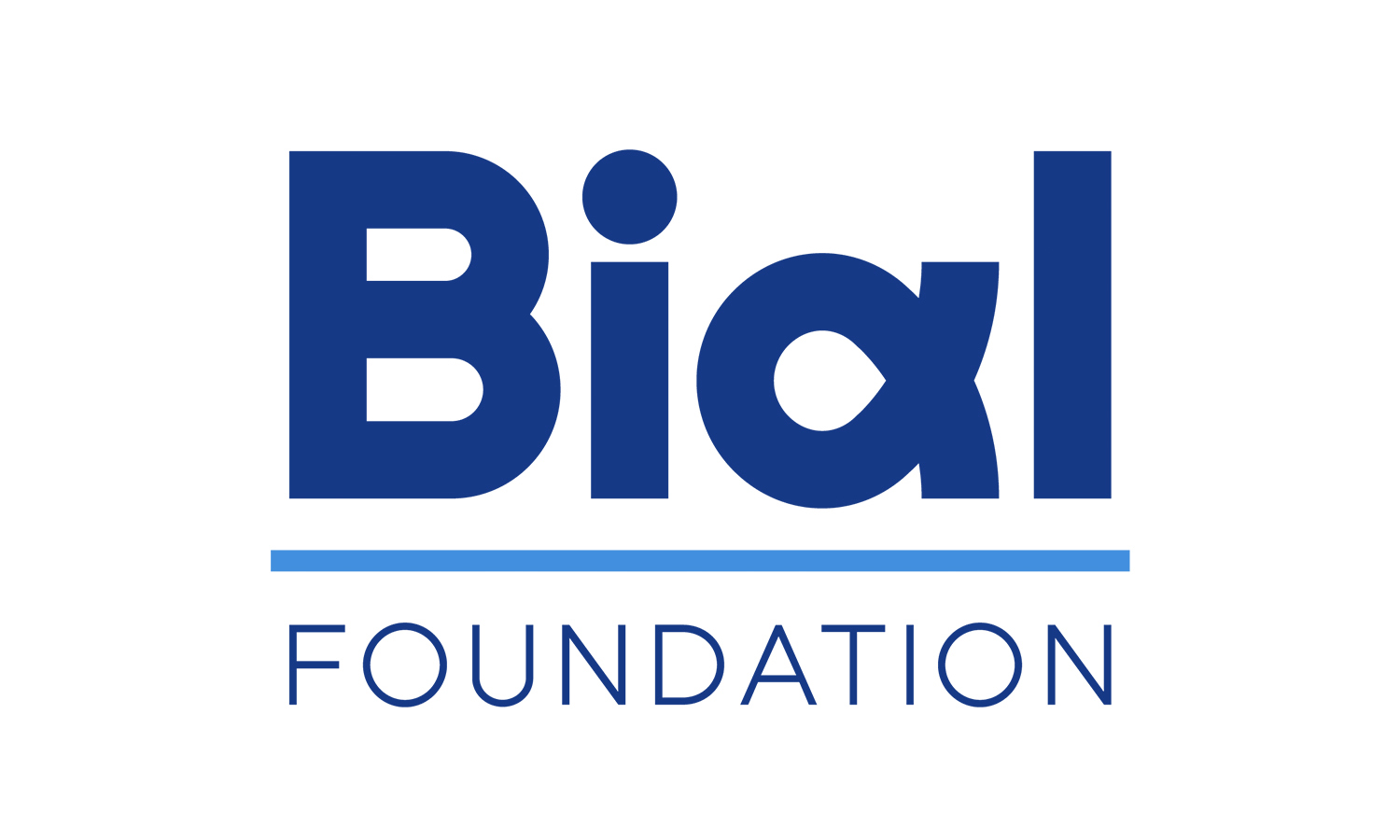A relevant percentage of mothers, between 10% and 25%, are vulnerable to perinatal depression, which can emerge during pregnancy and persist up to one year after childbirth. Persistent sadness, fatigue, changes in sleep and appetite, or loss of interest are common symptoms, impacting the emotional health of both mother and baby. However, little was known about how these symptoms evolve over time. To delve deeper into this area, a study led by Maria Spinelli was the first to track the trajectory of perinatal depression at four distinct points – in late pregnancy, and at 3, 6, and 9 months postpartum. The study focused on a non-clinical population and considered two key influencing factors: partner support and Sensory Processing Sensitivity (SPS) – a trait that makes some women more reactive to internal and external stimuli. The results showed that mood declines immediately after childbirth but tends to improve over time. High sensitivity can increase the risk of depression, while partner support during pregnancy has a protective effect. The research also indicated that prenatal depression could influence the baby's emotional state, particularly their response to fear. Thus, this study can help create support programs for mothers, promoting better emotional adjustment for both them and their babies. This study was published in the journal Frontiers in Psychology, in the article Maternal depression during the perinatal period: the role of Sensory Processing Sensitivity and social support and its impact on infants' negative affect, as part of the research project 131/20 - From inner to dyadic connection: The effect of mindfulness intervention on mother-infant bio-behavioural synchrony, supported by the BIAL Foundation.
ABSTRACT
Background
The perinatal period is marked by significant physiological and psychological changes, making it a challenging time for many women. While some women are more vulnerable to depression during this period, research on perinatal depression trajectories and contributing factors remains mixed. This longitudinal study investigated how maternal depression changes during the perinatal period in a non-clinical sample, exploring the roles of individual factors, such as Sensory Processing Sensitivity (SPS), and contextual factors, such as global partner support. Based on the prenatal programming hypothesis, we also examined the role of prenatal depression on infants’ negative affect temperament as an early marker of emotional adjustment.
Method
Eighty-eight mothers (M = 35.03 years, SD = 4.92) completed online questionnaires during pregnancy, at 3, 6, and 9 months post-partum. Depression was assessed using the Edinburgh Postnatal Depression Scale, partner support was measured with an ad-hoc scale. SPS was reported during pregnancy using the Highly Sensitive Person Scale. At 3 months post-partum, infants’ negative affect (M = 3.07 months, SD = 0.26) was measured using the Infant Behavior Questionnaire. Latent growth analyses and multivariate regression models were used to analyze the data.
Results
Depression showed a significant linear decrease, with higher symptoms between pregnancy and 3 months postpartum, although overall levels were low and consistent with non-clinical populations. High SPS predicted greater depressive symptoms across all time points. Pregnancy partner support was associated with lower depressive symptoms during pregnancy (β = −0.42, p < 0.01) and at 6 months postpartum (β = −0.32, p = 0.03). Prenatal depression significantly predicted infants’ negative affect (β = 0.34, p = 0.03), particularly the fear temperament subscale (β = 0.46, p = 0.001), accounting for 22% of its variance.
Discussion
The findings clarify that a decline in mood is common in non-clinical populations during the perinatal period, with mothers high in sensitivity and mothers with lower partner support being more vulnerable to experience negative feelings. Moreover, prenatal maternal depression acts as a prenatal stressor, increasing infants’ reactivity to stimuli, as reflected in heightened fear. Implications for tailored parenting programs are discussed.






































































